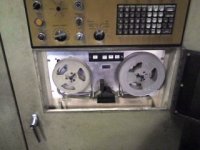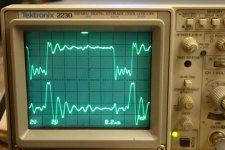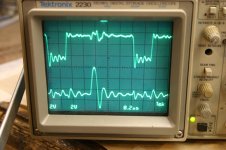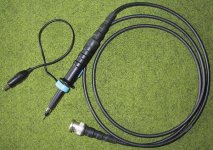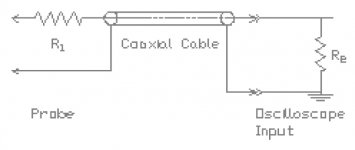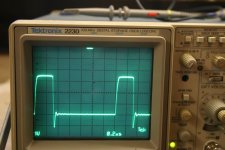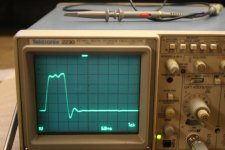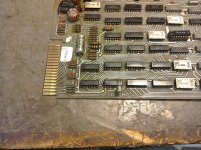m_thompson
Veteran Member
I used a piece of paperboard soaked with DeoxIT and forced between the backplane contacts to clean the oxide off the backplane connectors. I used the DeoxIT Gold to clean the gold fingers on the Omnibus boards. It really reduced the insertion force when installing boards, and made the connections more reliable.
http://store.caig.com/s.nl/sc.2/category.188/.f
http://store.caig.com/s.nl/sc.2/category.292/.f
http://store.caig.com/s.nl/sc.2/category.188/.f
http://store.caig.com/s.nl/sc.2/category.292/.f

